|
Built between 1729 and 1732, it was the seat of the Maharaja of Jaipur, the head of the Kachwaha Rajput clan. The Chandra Mahal palace now houses a museum but the greatest part of it is still a royal residence. It combines a fusion of the Shilpa Shastra of Indian architecture with Rajput, Mughal and European styles of architecture. (Adapted from Wikipedia). The sixth photo of a traditional puppet show has a guest appearence of a bizarrely-talented dancing Michael Jackson!
Technical details: Sony a850 with Tamron 28-75mm lens.
0 Comments
Photos taken at the beautifully decorated ITC Rajputana hotel in Jaipur - I think the only place I've been lucky enough to hear live Indian Classical music (in the Jal Mahal restaurant, meaning Water Palace) during breakfast! The lobby shown in the fifth photo is takes inspiration from an number of different types of local landmarks and architectural / design styles.
Technical details: Sony a850 with Tokina 19-35mm and Tamron 28-75mm lenses. Jaigarh Fort, built by Jai Singh II in 1726 is famous for being the home of the collosal Jaivana Cannon. In 1720, it was the world's largest cannon on wheels. The barrel alone is over 6m long and weighs 50 tonnes! It was only fired once (using 100kg of gunpowder) resulting in the igniter going deaf so a nearby pool was made specially for him to jump into after setting it alight. The 50kg cannon ball travelled 35km.
In the underground water tanks, it was thought that one of them held hidden gold and jewellery under the water. However, several searches often lasting months ordered by Indira Gandhi in the 1970s turned out to be fruitless. Photos 5-11 are taken in the nearby, larger Amer (or sometimes known as Amber) Fort is 11km from Jaipur. with various parts built in the 17th and 18th centuries, Amer Fort is known for its artistic style of Hindu elements. With its large ramparts, series of gates and cobbled paths, the fort overlooks the Maota Lake, at its forefront. It is also famous for being one of the settings of the Bollywood film Jodha Akbar. Technical details: Sony a850 with Tokina 19-35mm lens. This Jantar Mantar (photos 1-3), a step-up from the one visited in Delhi a few days ago, was far better preserved. We learnt how the larger instruments could be used for calculating the time, for example, to within a few seconds accuracy. The Hava Mahal "Palace of Breeze" was built in 1798 in the form of the crown of Krishna. Its unique five-storey exterior is also akin to the honeycomb of the beehive with its 953 small windows called jharokhas that are decorated with intricate latticework. The original intention of the lattice was to allow royal ladies to observe everyday life in the street below without being seen, since they had to observe strict "purdah" (face cover). Besides this, the lattice also provides cool air caused by the Venturi effect (doctor breeze) through the intricate pattern and thereby air conditioning the whole area during the high temperatures in summers. (Wikipedia).
Technical details: Sony a850 with Tokina 19-35mm and Minolta 70-210mm lenses. "This magnificent fortified ghost city, 40km west of Agra, was the short-lived capital of the Mughal empire between 1571 and 1585, during the reign of Emperor Akbar. Akbar visited Sikri to consult the Sufi saint Shaikh Salim Chisti, who predicted the birth of an heir to the Mughal throne. When the prophecy came true, Akbar built his new capital here. Although a brilliant Indo-Islamic masterpiece, the city was erected in an area that suffered from water shortages and was abandoned shortly after Akbar’s death. The well-preserved palace buildings and the still-used mosque [photos 1-5] are a superb reminder of the Mughals at their architectural peak" Lonely Planet.
Technical details: Sony a850 with Tokina 19-35mm lens. The Taj Mahal (photos 1-10) is epitome of Mughal architecture in India - famously described as a teardrop on the face of eternity. Even compared to the other wonders we had been fortunate to visit over the past few days, this World Heritage Site was breathtakingly stunning.Adapted from National Geographic: It remains a testament to the grief—and power—of an emperor. Shah Jahan, who ruled the Mughal Empire (with its capital in Agra) for 30 years, had the mausoleum constructed to honor his favorite wife, Mumtaz Mahal, after her death in 1631.
The main mausoleum of the Taj Mahal took more than 15 years to complete. (The site also includes a mosque and assembly hall The white marble dome soars 171 meters (561 feet) above a pink sandstone base. Four minarets frame the main mausoleum complex [interestingly these are purposely built 2 degrees at a slant away from the dome to protect the main dome in case of an earthquake]. The finial atop the dome is uniquely Indian, recognizing the region's religious diversity. The finial incorporates a crescent moon, the symbol of Islam (the religion of both Shah Jahan and Mumtaz Mahal). But by placing the moon with its horns (points) pointing to the heavens in a U-shape, the moon and finial resemble a trident—a traditional symbol of the powerful Hindu god Shiva. Legend has it that Shah Jahan intended to have a "Black Taj" constructed as his own mausoleum. Conflict on this matter with his son Aurangzeb resulted in the new emporer imprisoning this father for the last eight years of his life. Both Mumtaz Mahal and Shah Jahan are buried beneath the dome of the Taj. Photo 11 is taken at one of the emporiums outside the Taj Mahal in which marble artefacts are engraved and precious / semi-precious stones are inlaid. Photos 12-24 are taken at Agra Fort. UNESCO describes " This powerful fortress of red sandstone encompasses, within its 2.5-km-long enclosure walls, the imperial city of the Mughal rulers. It comprises many fairy-tale palaces, such as the Jahangir Palace and the Khas Mahal, built by Shah Jahan; audience halls, such as the Diwan-i-Khas; and two very beautiful mosques." Technical details: Sony a850 with Tokina 19-35mm and Minolta 70-210mm f4 lenses. Humayun's Tomb was the first garden tomb on the Indian subcontinent, commissioned in the 16th century by Humayun's first wife Bega Begum - who was later also later buried here. The architecture is a blend of Mughal, Turkish, Persian and Rajasthani designs.
Technical details: Sony a850 with a Tokina 19-35mm lens. The Jamma Masjid was the principle mosque of Old Delhi. It took 6000 workers almost six years to complete (finished in 1656) and he courtyard of the mosque can hold up to 25,000 worshippers!
Photos 6-10 are taken at Red Fort (or Lal Qila), another piece of Shah Jahan's famous architechture from the 17th century. Named after the red sandstone used to build the massive walls that surround the fort, Red Fort was contructed in 1638 when the capital was shifted from Agra to Delhi. Photo 8 shows the abundance of bird life in this part of Northern India. The next four photos are taken at Charity Birds Hospital located within the compound of Lal Mandir, a nearby Digambar Jain Temple. Working with the Jain principles of "maitri bhaav" (friendship with all living beings) and "live and let live", dedicated vets attend to hundreds of birds that have been hurt and injured. The baby pigeon was only two days old, although the sanctuary housed many larger birds including kites and peacocks. More details can be found here. The last photo is taken at Raj Ghat, the site at which Mahatma Gandhi was cremated. Technical details: Sony a850 with Tokina 19-35mm and Tamron 28-75mm lenses. Sorry for the super delayed post... I'm going to cut down on the write-up in order to get more back-logged photos out onto the blog!
First batch of photos taken at Delhi's Jantar Mantar - a collection of architectural astronomy instruments. It was completed almost 300 years ago and the primary purpose of the observatory was to compile astronomical tables, and to predict the times and movements of the sun, moon and planets. The last few photos are taken in the highly recommended National Museum in New Delhi. Technical details: Sony a850 with Tokina 19-35mm and Tamron 28-75mm lenses. Photos taken from the Matushree Kashiben Harjivandas Sanghrajka Eye Hospital, operated by Raj Saubhag in Sayla, as well as the dental clinic. The eye hospital, equipped with the latest PHACO machines, conducts over 3000 operations annually - mostly cataract but also surgery for glaucoma, pterygium and corneal relaxing. The dedicated team lead by Dr Kamal Shah and Dr Vidhyut have helped assess over 260,000 patients over the past 8 years of operation.
The dental surgery, having opened more recently in 2010, is the only dental clinic in Sayla - previously patients would have to travel over 30km to the nearest town of Surendranagar, and this for many would have been unaffordable. Dr Sharma and his team extract over 100 teeth every month, and other common treatments include root canal, filings and dentures. All services, both dental and optical, are provided free of charge. The final two photos were taken at Ladakchand Manekchand Vora (LMV) Girls High School, named after the late Pujya Bapuji who founded Raj Saubhag. Established in 1997, the school was the first girls high school in its local district of 75 villages - a sign of traditional and conservative attitudes in the local area. Bapuji always had the upliftment of the local community in his heart and particularly emphasised with the disadvantaged women. Under the guidance of educationalist and headteacher Chandrakant Vyaas, the school now tops the district league table with 100% pass rates and the majority of college students earning a distinction for their efforts. Their are nominal school fees and the educational operations are funded by donations. For more details on humanitarian activities, you can read the Janhit magazine here. Technical details: Sony a850 with Tamron 28-75mm lens. |
Vote for your favourite 2013 photos here!
Archives
July 2014
Categories
All
|
© 2016 Capture the Soul Photography. All rights reserved.

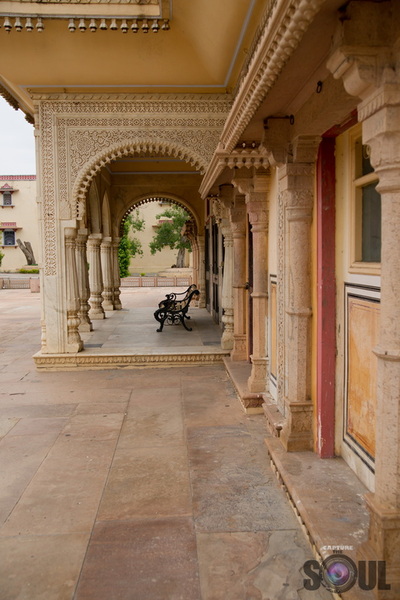
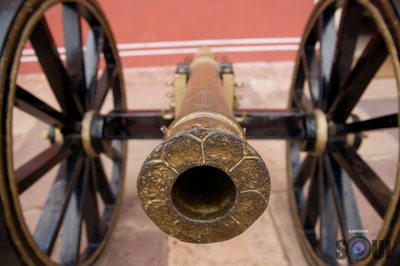
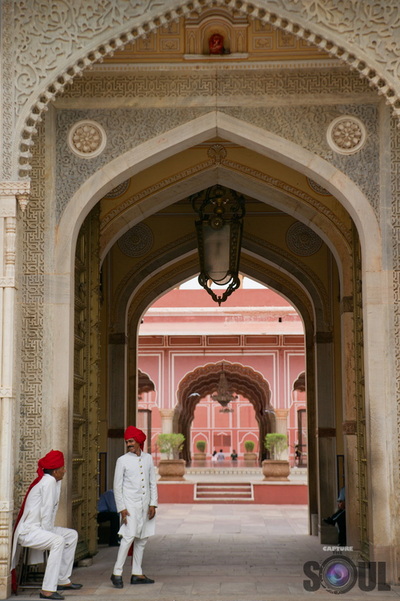
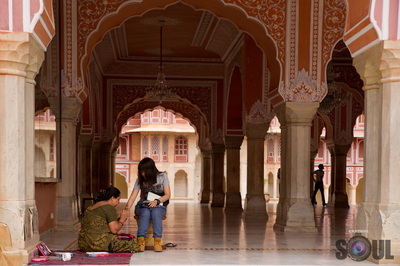
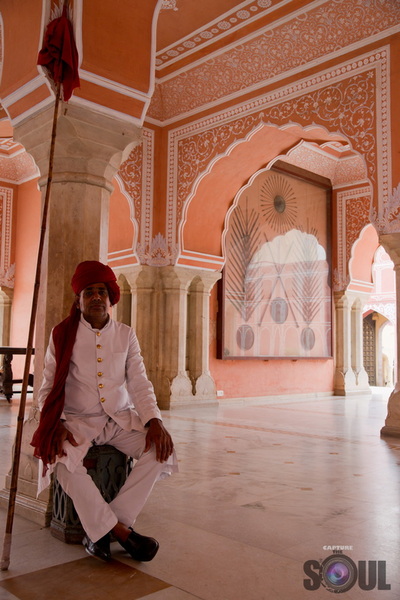
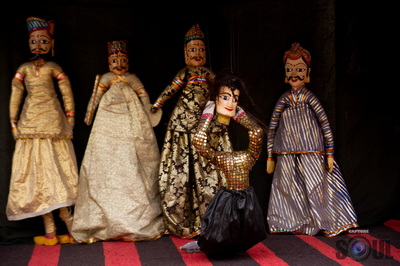
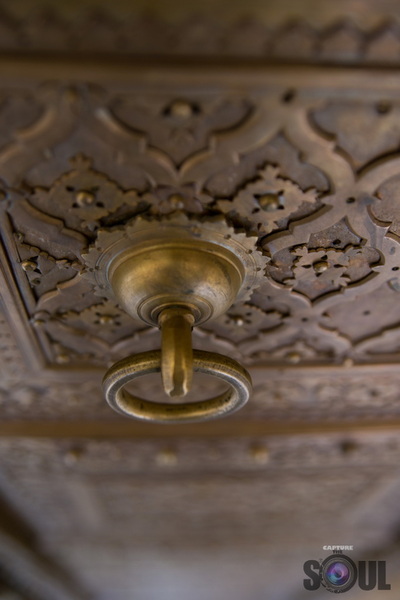
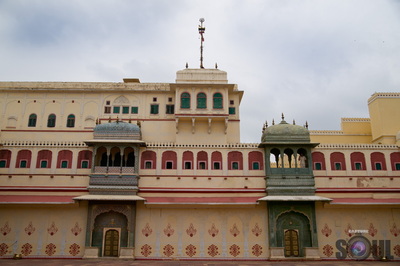
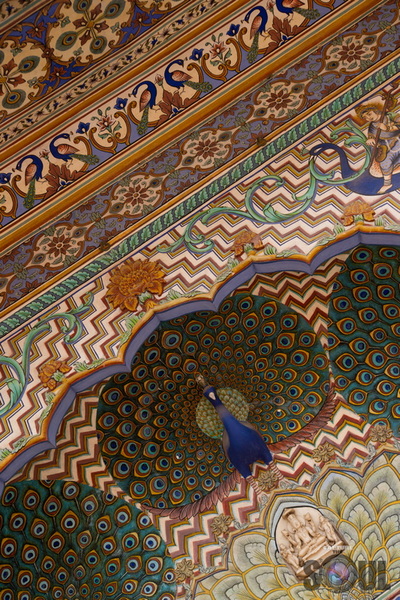
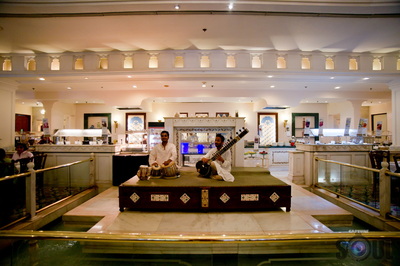
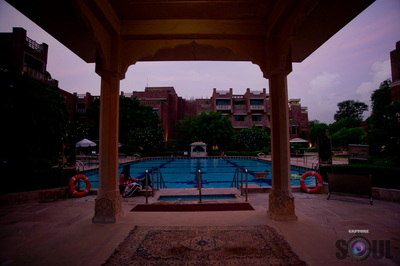
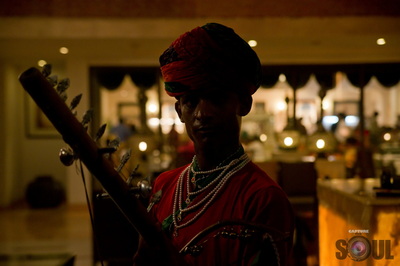
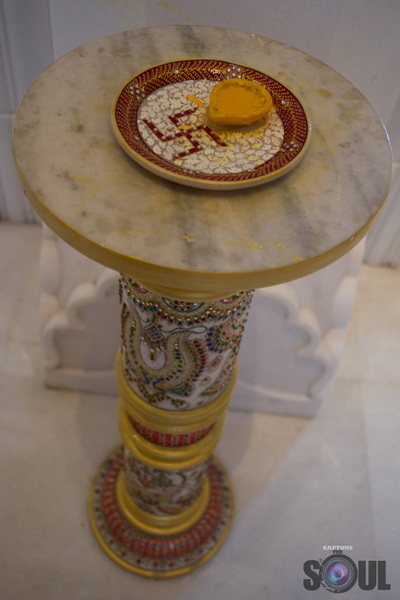
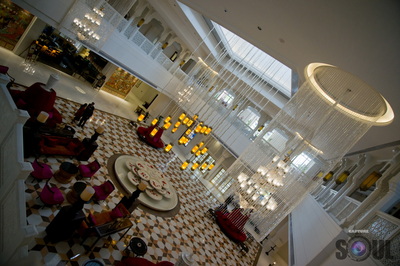
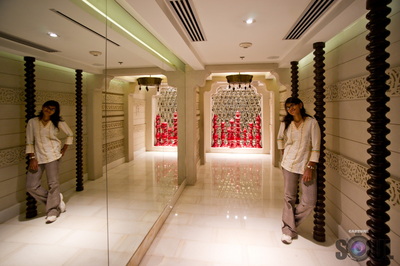
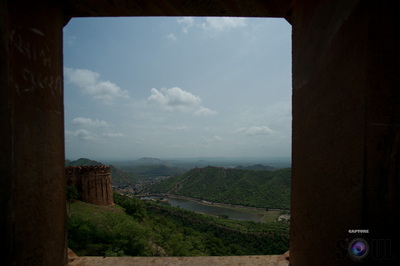
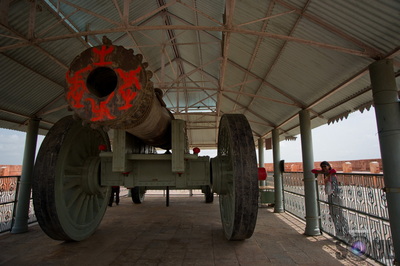
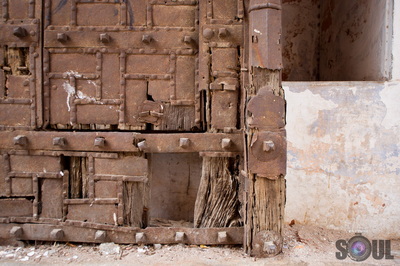
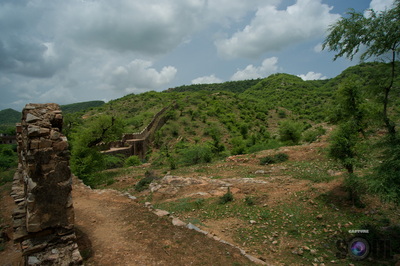
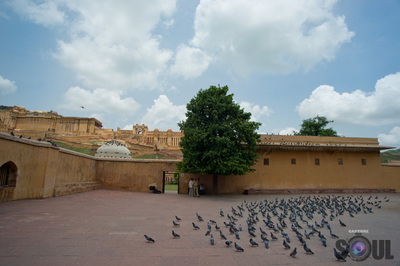
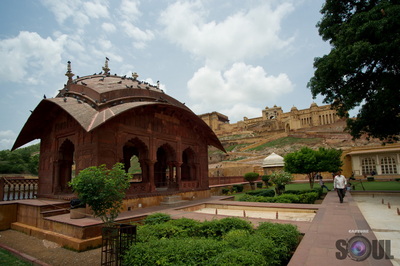
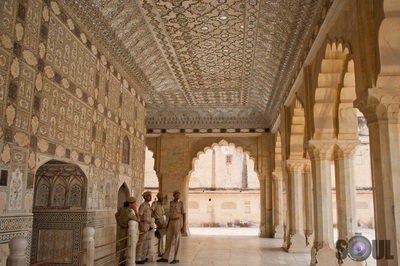
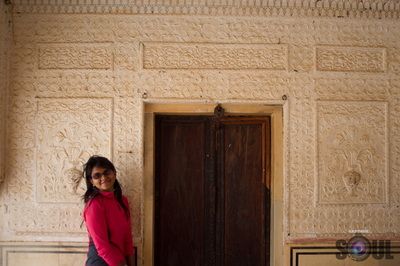
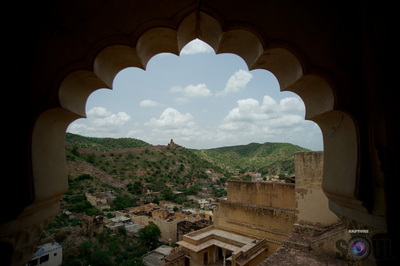
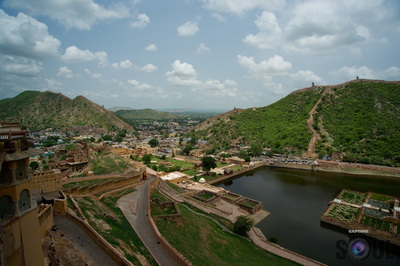
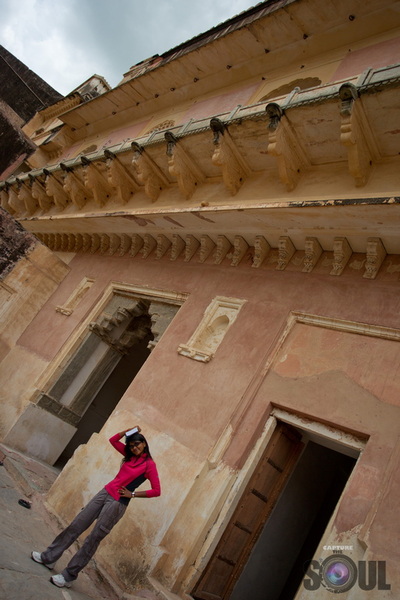
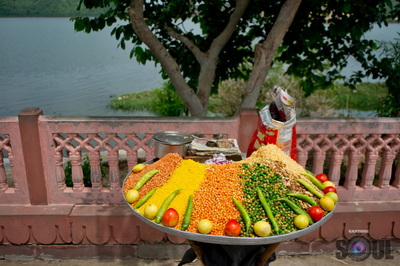
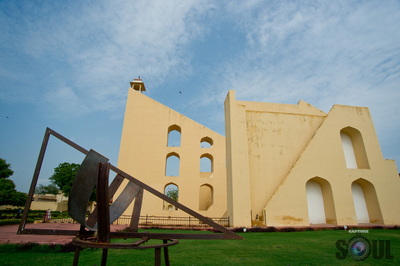
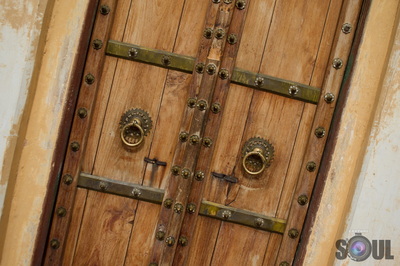
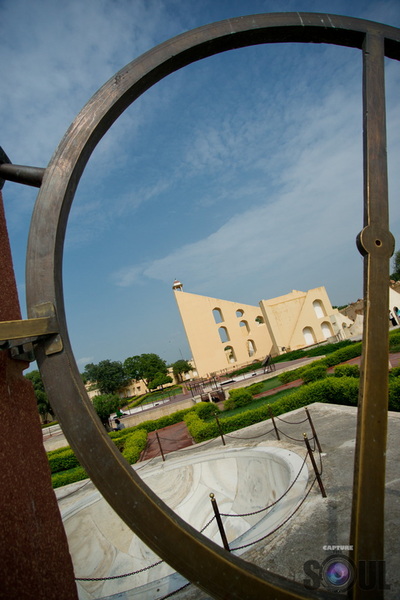
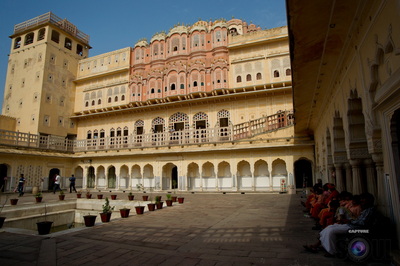
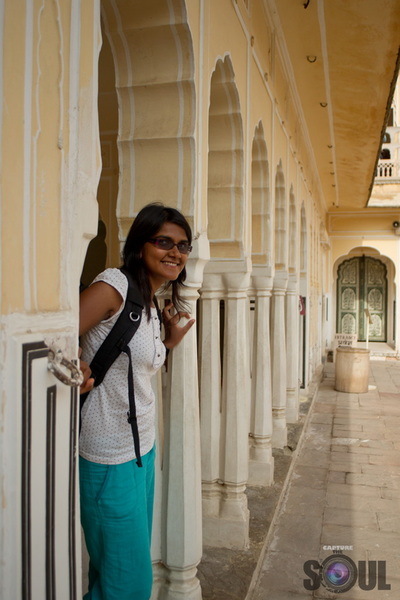
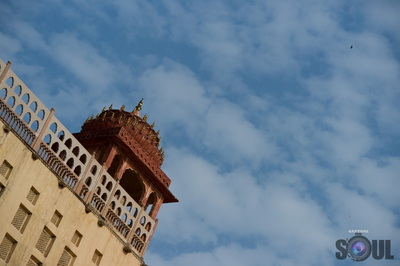
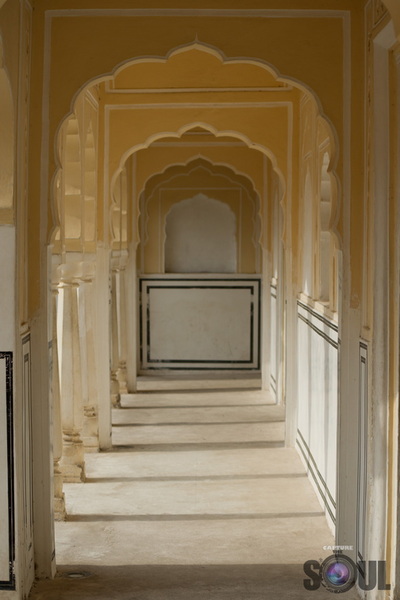
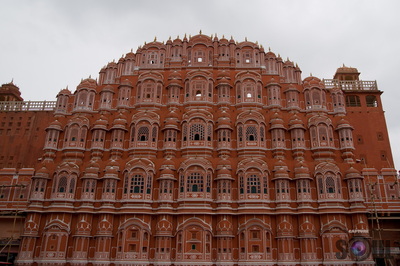
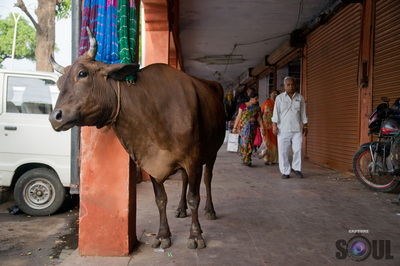
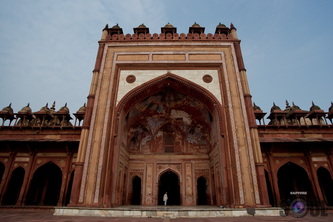
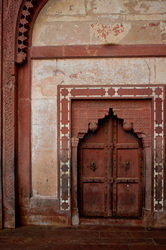
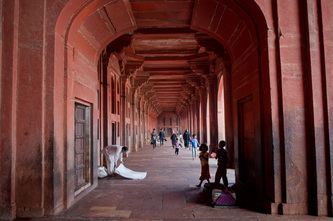
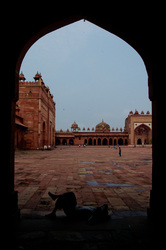
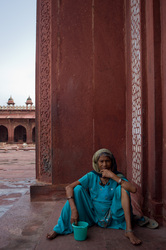
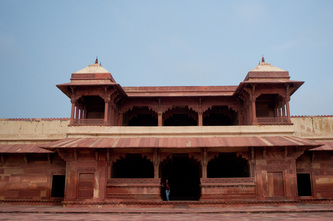
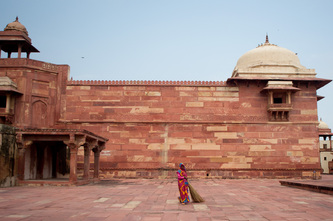
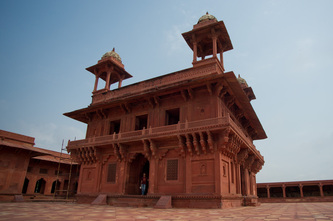
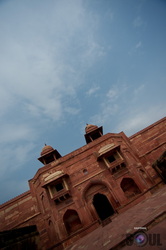
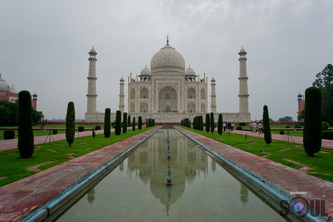
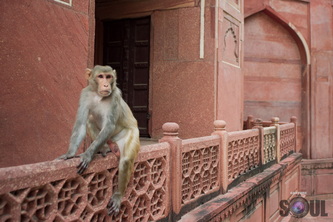
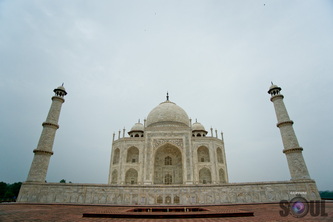
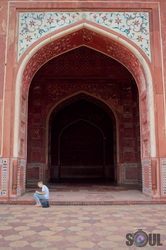
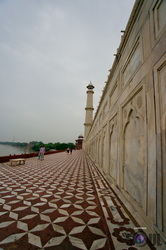
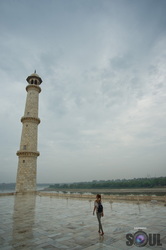
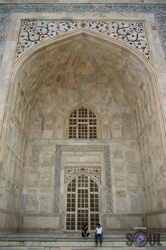
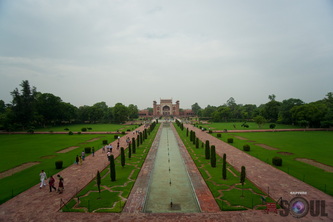
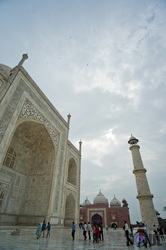
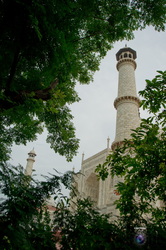
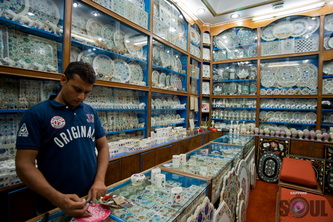
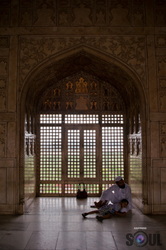
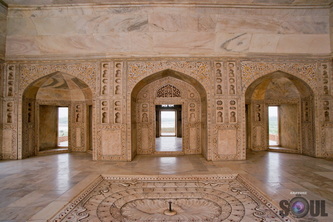
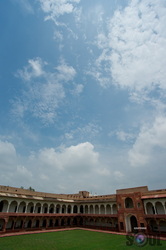
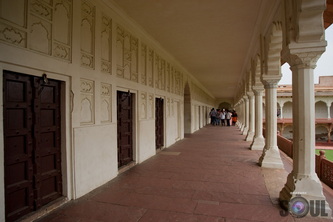
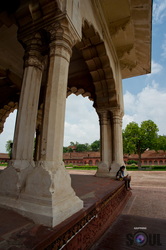
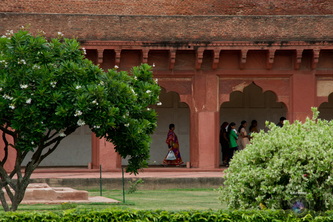
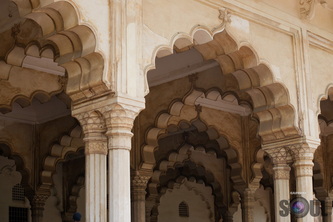
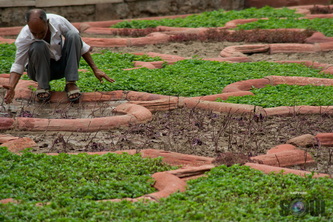
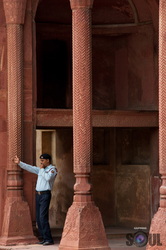
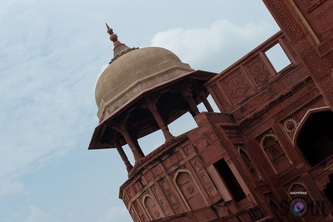
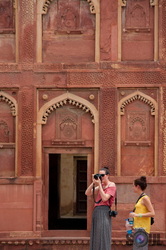
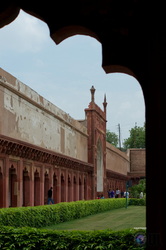
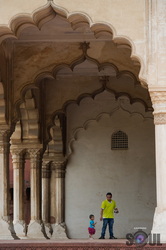
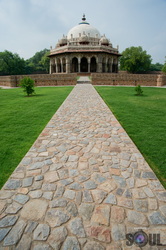
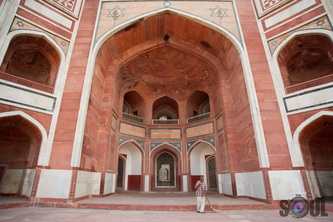
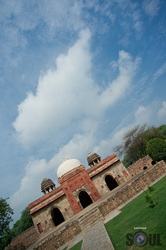
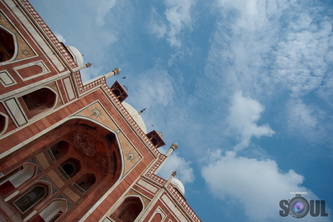
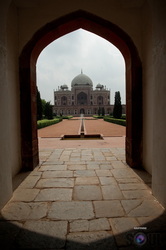
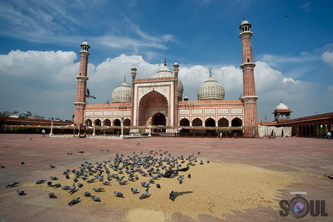
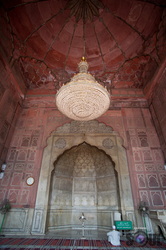
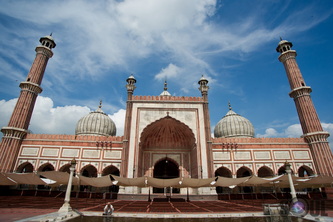
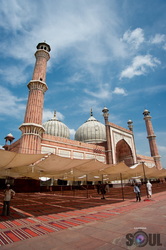
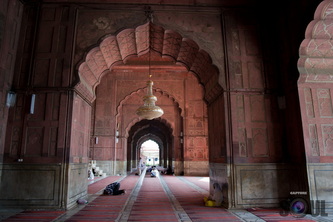
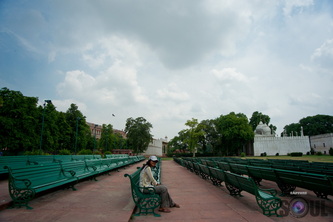
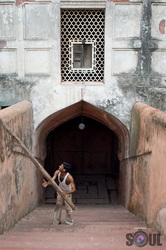
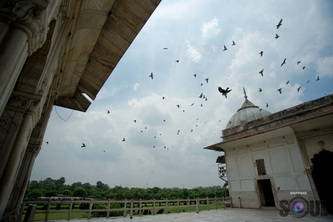
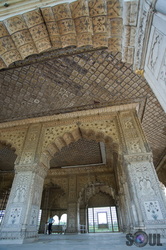
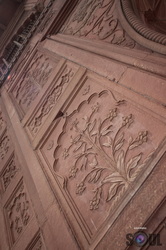
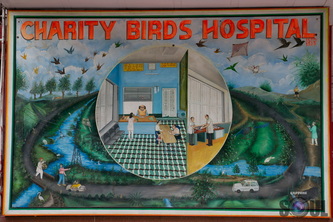
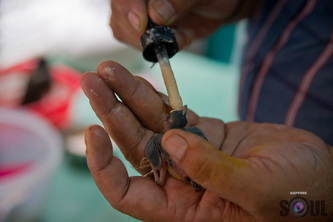
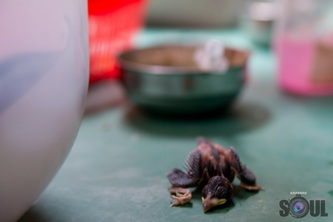
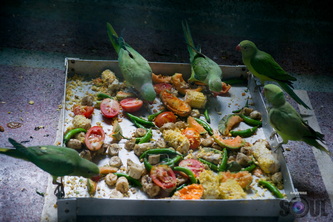
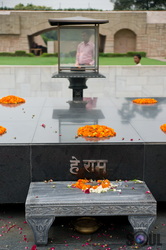
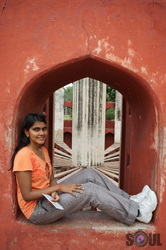
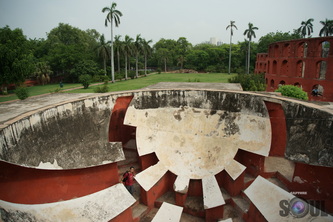
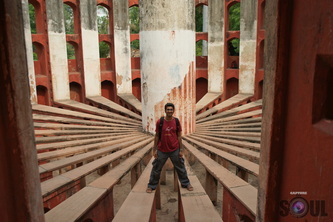
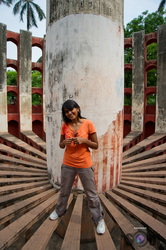
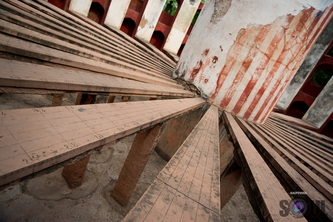
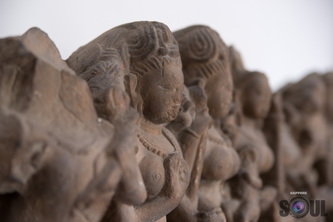
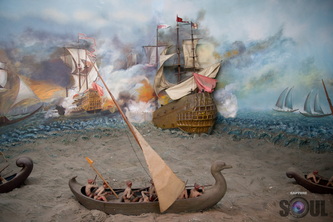
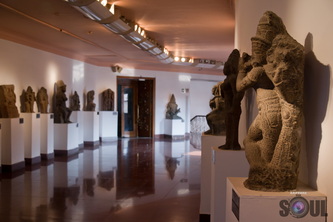
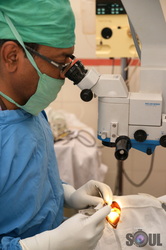
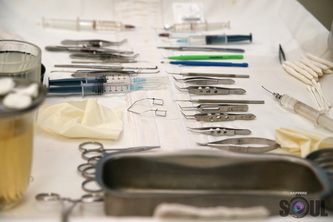
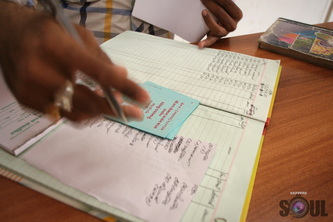
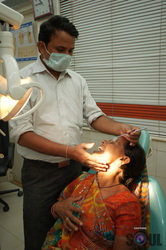
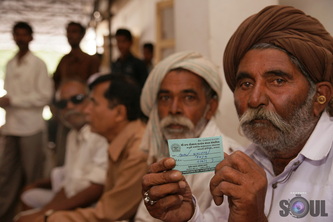
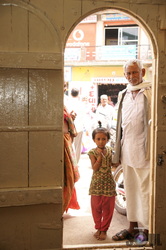
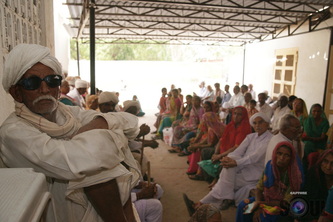
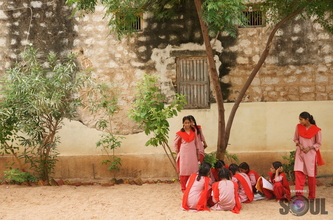
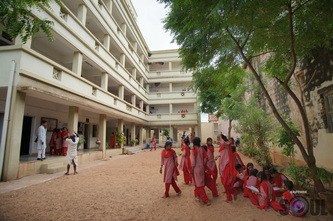
 RSS Feed
RSS Feed